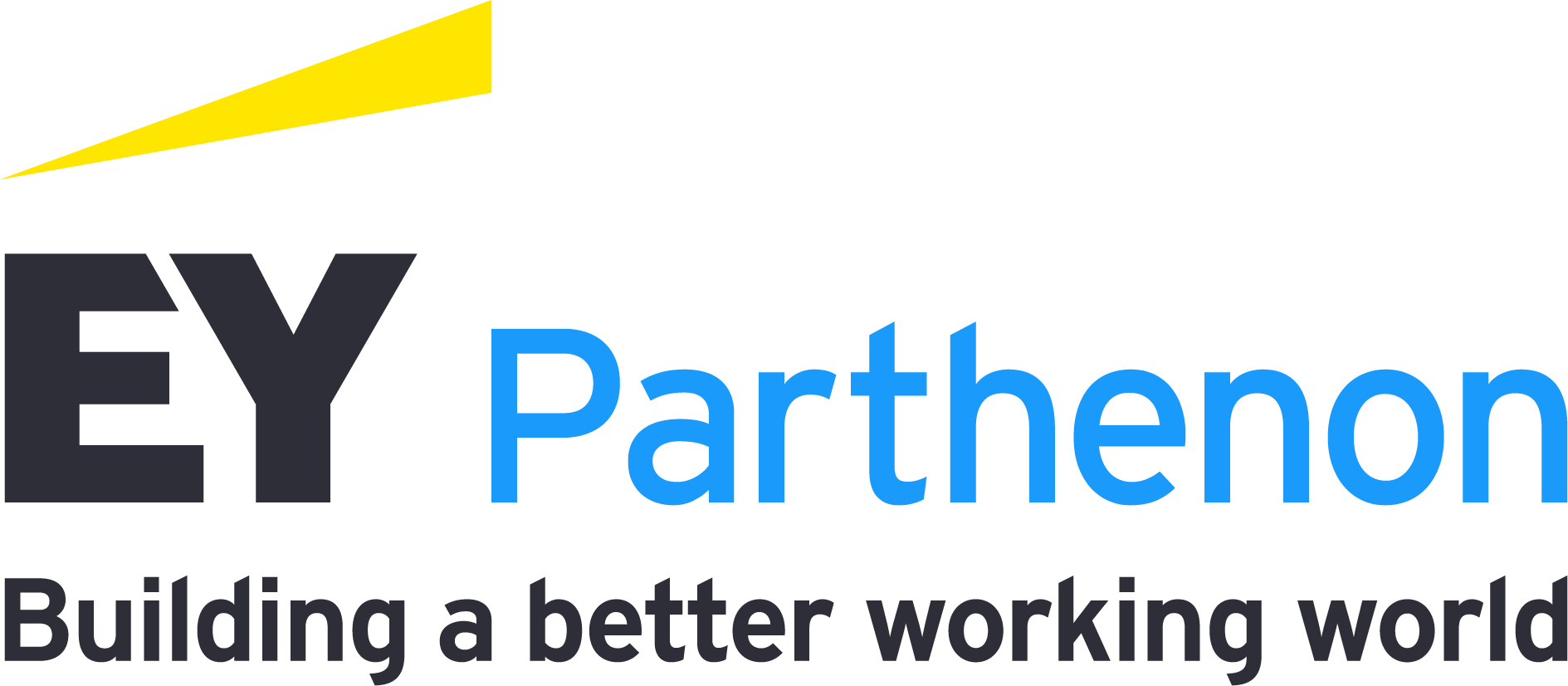The opioid epidemic grew dramatically during the COVID-19 pandemic; personal mental health challenges, increases in substance abuse and overdose deaths also rose dramatically over that same time period. Recent analysis suggests that increased substance abuse during the pandemic is estimated to account for 9% to 26% of the decline in prime-age labor force participation between February 2020 and June 2021,² further reinforcing the need to address other factors and mitigate the impact of the opioid epidemic. This broad range represents the upper and lower bounds of the possible implications for labor force participation depending on the proportion of deaths from new opioid users compared to existing users. According to a report from the Joint Economic Committee of the US Congress in September 2022, the economic impact of the opioid epidemic rose 37% between 2017 and 2020 to nearly $1.5 trillion annually.
Opioid epidemic impact on marginalized populations
Illicit fentanyl entering US drug markets has most dramatically affected Black, Hispanic and Native American populations with serious and negative outcomes. While deaths increased in all populations during the pandemic, overdose deaths grew at disproportionately high rates in Black, Hispanic and Native American populations, according to a 2022 Statista report.
Historically, Black populations had less access to opioid prescriptions than White populations, which is believed to be due to inequities in health care system access and implicit bias in prescribing practices. While these behaviors resulted in fewer prescription opioid-associated deaths among Black people than White people, trends have reversed in recent years. Over the period 2017–2020, the death rate in Black people grew more than 100%, from roughly 13 to 26 per 100,000, surpassing the death rate of 25 deaths per 100,000 in the White population. Shockingly similar increases are observed in Hispanic (93%) and Native Americans (75%) over the same time period — for comparison, White deaths increased 30%.






